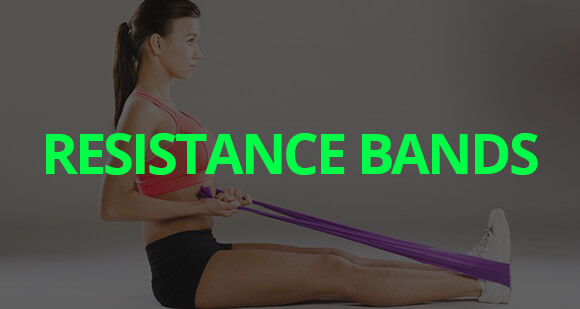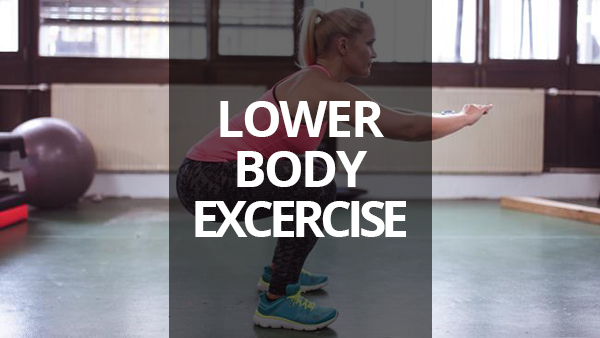Resistance bands are one of the greatest additions to the world of exercise/gym equipment. On their own, they’re a highly effective option for mild training—perfect for newbies or those recovering from injury or surgery. However, as one study discovered, pairing them with free weights can lead to SERIOUS improvements in strength, maximal velocity, and acceleration…
Conceptual: To decide if free-weight expansion with flexible groups enhances seat squeeze kinematics in proficient rugby players.
This examination expected to discover what happened when free weights were joined with versatile protection groups. The outcomes represent themselves!
The Cold, Hard Facts:
16 men participated in this study. Half of the participants were rugby players, while the other half were recreationally trained men accustomed to resistance training exercise.
The men were given two training protocols to complete:
- Free weights – This training protocol involved 1 sets of bench press using 85% 1-Rep Max weight, and the men trained to exhaustion.
- Elastic bands and free weights – This training protocol added elastic resistance bands to the bench presses. The elastic resistance bands accounted 20% of the total training load.
What the Study Proved:
The results proved fascinating:
Adding elastic bands helped to “significantly” increase the range of concentric movement. The barbell accelerated more quickly on the push upward. Not only that, but maximal velocity increased by 17% when the elastic bands were added.
Here’s a fun secondary result: the rugby players saw a significantly greater increase in the range of concentric movement than the recreationally trained athletes—35% compared to 13%.
Bringing it Home
The findings of this study speak for themselves: elastic resistance bands are bad-ass!
As this study found, reducing free weight load and adding elastic resistance bands can lead to serious improvements in terms of strength and performance. Maximal velocity and weight acceleration increased, as did the range of concentric movement.
Why do elastic bands make free weight training more effective? Two words: increasing tension.
While free weight exercises tend to be hardest at the beginning of the concentric phase (the bottom of your bench press, curl, or pull-up), they get easier as you move through the exercise. However, by adding the resistance band, you add tension that increases as you move through the concentric phase. This can increase muscular contraction, doubling down on the effectiveness of the workout!
“Free-Weight Augmentation With Elastic Bands Improves………
Resistance bands exercises
Shake out with the band! Protection groups are an awesome expansion to any quality preparing routine or recovery program and arrive in an assortment of sizes, lengths, and qualities. This compact exercise gear is additionally effectively put away, influencing it to ideal for home utilize, in exercises, or when you’re tight on space at the rec center. Much the same as free weights, practice groups arrive in a scope of protection levels, from profoundly stretchable to overwhelming obligation quality.
The most well-known sorts of groups incorporate tube groups with handles, circle groups (otherwise known as mammoth elastic groups), and treatment groups. (If all else fails, a wellness expert can help figure out which band is ideal for you, contingent upon your wellness level and particular exercise design). For most activities, have a go at going for 8 to 25 reps for 2 to 3 sets for every activity. What’s more, don’t miss our example exercise recommended at the very end. Prepared, set, stretch!
Lower-Body Exercises

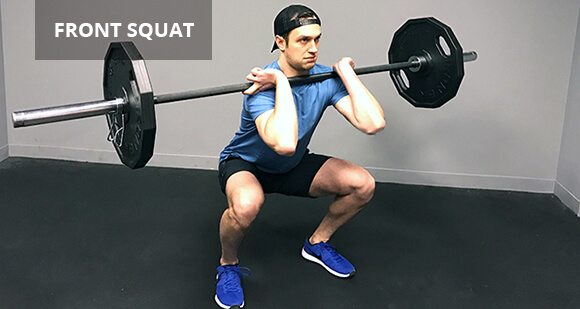 1.Front Squat
1.Front Squat
Remain on the band with feet somewhat more extensive than the bear width. Holding a handle in each hand, bring the highest point of the band over each shoulder. (On the off chance that it’s too long, the secure band set up by folding your arms at your chest.) Sit straight down, chest up, abs firm, squeezing knees out finished your toes. Ascend move down to begin position and rehash for 8 to 12 reps.
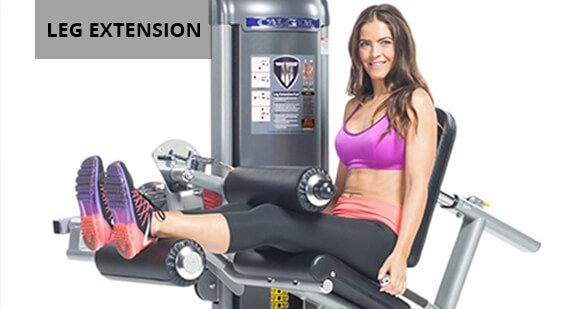
2. Leg Extension
Kick it up an indent with this quad-developer. Grapple a circle band in a low position on a help (like a slope seat), circling the flip side around your lower leg with the band situated behind you. Step far from the grapple to make pressure on the band, and position feet hip-width separated. Move your weight to one side foot, and lift the correct leg from the floor. Expand the knee until the point when it fixes before you. Gradually come back to beginning position and rehash for 8 to 12 reps before exchanging legs.
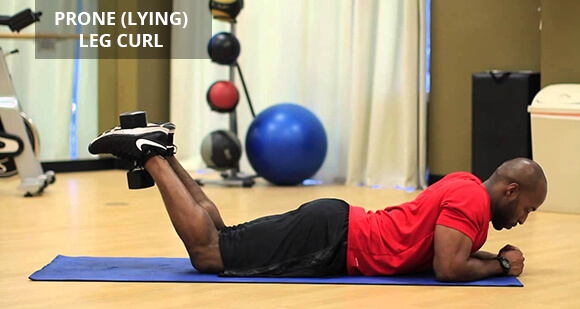
3. Prone (Lying) Leg Curl
Lie tummy down and circle a band around your correct lower leg, securing the flip side to an entryway or support. Hurry far from the stay to make strain. Fix your center and twist your leg at the knee, bringing your foot sole area toward your glutes to the extent you can serenely go. Gradually restore your leg to beginning position and rehash for 10 to 15 reps, at that point switch sides.
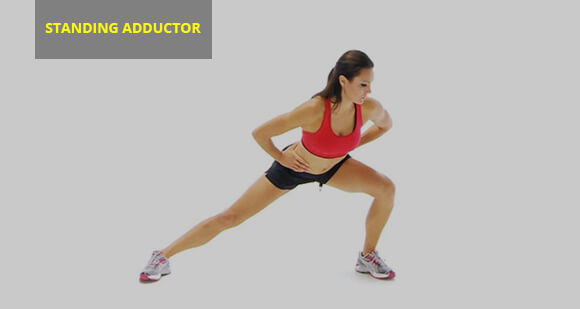
 4.Standing Adductor
4.Standing Adductor
Grapple a circle band at lower leg tallness to a help and remain with your left side confronting the help, wrapping the free end around your right (external) lower leg. Stand opposite to the band and step far from the help to make exactly strain (the great kind, obviously).

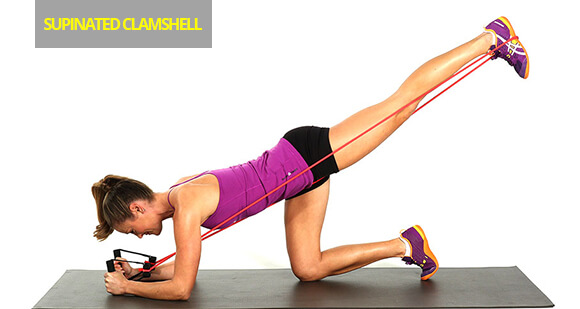
5.Supinated Clamshell
Circle resistance bands around your legs simply over your knees. Lie on your back with hips and knees flexed to 90 degrees. Force the knees separated while getting your glutes for 2 to 3 seconds. Gradually come back to beginning position and rehash, going for 10 to 12 add up to reps.


6.Plantar Flexion (Ankle Flexion)
Grab a seat for this one. Secure a circle or treatment resistance bands around a stay (like the leg of an end table or seat), and sit with one leg straight out, wrapping the flip side of the circle around the highest point of your foot. Recline, supporting your weight staring you in the face, and flex your foot forward until the point when you feel a decent extent in your shin. In a controlled development, bring your toes move down, flexing them toward your knee to the extent agreeable. Gradually come back to beginning position and go for 10 to 12 reps on each side.

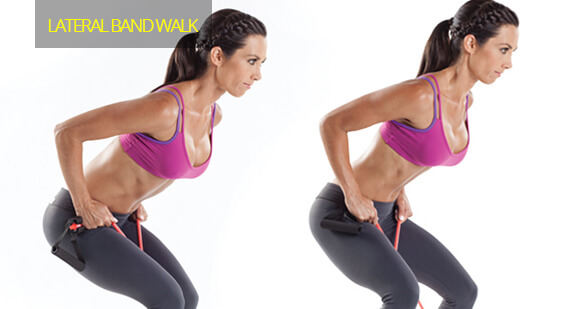
7.Lateral Band Walk
Try not to avoid these evades! Advance into a circle band or tie a treatment resistance bands around the lower legs, simply above the two lower legs. Place feet bear width separated to make pressure on the band. From a half-squat position, move your weight to one side, venturing sideways with the correct leg. Move the standing leg somewhat in, yet keep the band tight. Make 8 to 10 strides before heading back the other way.
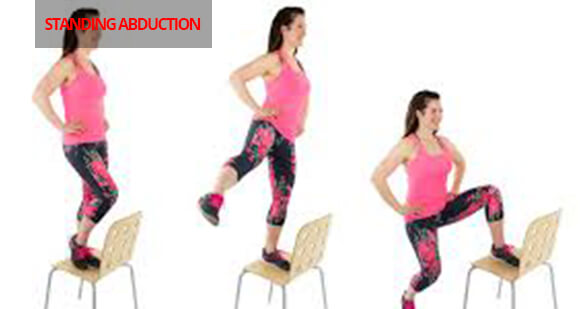
 8.Standing Abduction
8.Standing Abduction
This current one’s somewhat of an exercise in careful control. Grapple your circle band at lower leg tallness, and remain with your left side toward the stay. Join the free end to your outside lower leg and venture out to make strain on the band. Move your supporting leg back so your foot is raised from the floor, lift your working leg up, gradually conveying your circled foot out to the side, getting your external glutes. On the off chance that you feel unbalanced, get a help (like the divider or the back of a seat). Drop down to beginning position and rehash for 15 to 20 reps on each side.
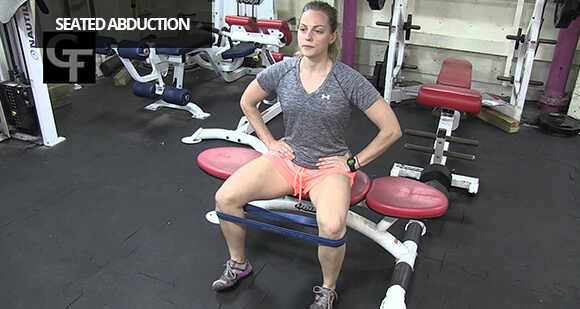
9.Seated Abduction
To truly demonstrate those thighs who’s manager, sit at the edge of a seat or seat and tie a circle band around the two legs, simply over the knees. Place your feet marginally more extensive than your shoulders. Gradually press your knees out, handing your feet over as your legs move separated. Hold for two seconds, and after that unite your knees back. Go for 15 to 20 reps.More……>
 listen-2-me World News
listen-2-me World News
